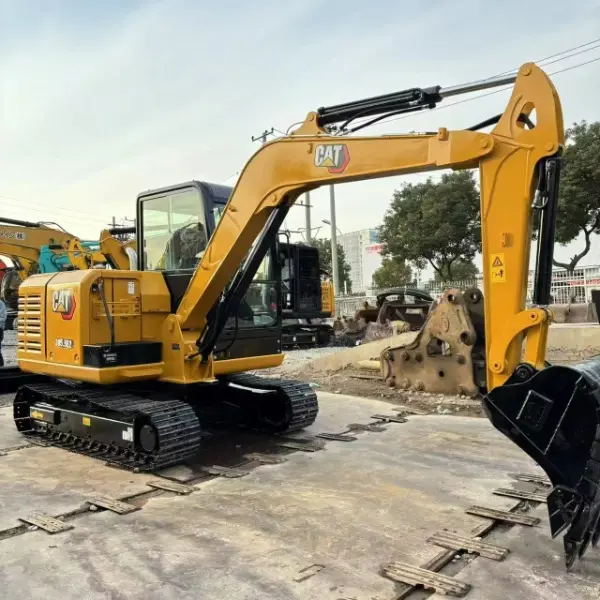With the continuous development of infrastructure construction and urbanization, the demand for heavy machinery such as excavators in the construction industry has been on the rise. At the same time, changes in the economic environment and businesses’ focus on cost control have made the second-hand equipment market a key avenue for companies to acquire excavators. In recent years, the second-hand excavator market has shown strong growth, attracting the attention of many buyers. So, what are the reasons behind the booming second-hand excavator market? This article will explore the industry trends from multiple perspectives.

1. High Cost-Effectiveness Attracts Buyers
One of the biggest advantages of second-hand excavators is their high cost-effectiveness. Compared to new machines, second-hand excavators are significantly cheaper, which allows businesses to save a large amount of capital. This is particularly attractive to small construction companies or contractors with limited budgets, especially when there is a need to expand equipment without a large initial investment.
2. Long Service Life, Suitable for the Second-Hand Market
Excavators and other heavy machinery typically have a long service life, often reaching up to 10 years or more. As a result, well-maintained used excavators still retain high value in the market. With proper maintenance and care, many second-hand excavators can continue to run reliably for several more years. This makes them highly in-demand in the second-hand market.
3. Fast Upgrade Cycle of Equipment
With constant technological advancements, many companies and contractors are eager to upgrade to more efficient and environmentally friendly new models of excavators. As old equipment is quickly replaced, the supply of second-hand excavators increases, creating a thriving market. The rapid replacement of new and old machines promotes the activity of the second-hand market, allowing buyers to purchase machines that are nearly as good as new at a lower price.
4. Strong Project Demand and Short-Term Investment Needs
Many construction and infrastructure projects have a high demand for excavators, and these projects are typically short-term. Contractors and companies often choose to buy second-hand equipment because they can easily resell or transfer the equipment after a project is completed, reducing the long-term costs of holding the equipment. Additionally, the active resale market for second-hand equipment means that buyers can expect a good return on their investment in a short time.
5. Global Second-Hand Market and International Trade
With the development of globalization, international trade of second-hand excavators has become increasingly common. Many countries are experiencing growth in demand for excavators, especially developing nations with large infrastructure construction needs. Equipment from regions like Europe and the U.S., where new machines are frequently replaced, flows into other countries, creating a global second-hand market. This cross-border exchange further boosts the vibrancy of the second-hand excavator market.
6. Environmental Regulations Driving Equipment Replacement
As environmental regulations become stricter, many countries have implemented mandatory policies for phasing out older equipment. This forces companies to replace their old machines with new ones, and many of the older models enter the second-hand market. These regulations are another factor contributing to the booming second-hand excavator market.
In conclusion, the boom in the second-hand excavator market is not accidental but rather the result of multiple factors. From high cost-effectiveness and equipment durability to the globalization of supply chains and the inclusion of intelligent technologies, used diggers have become the preferred choice for businesses in today’s economic environment. Looking ahead, as market demand continues to grow and technology continues to evolve, the second-hand excavator industry will face even more opportunities and challenges, making it an area that industry players should continue to monitor and engage with.
